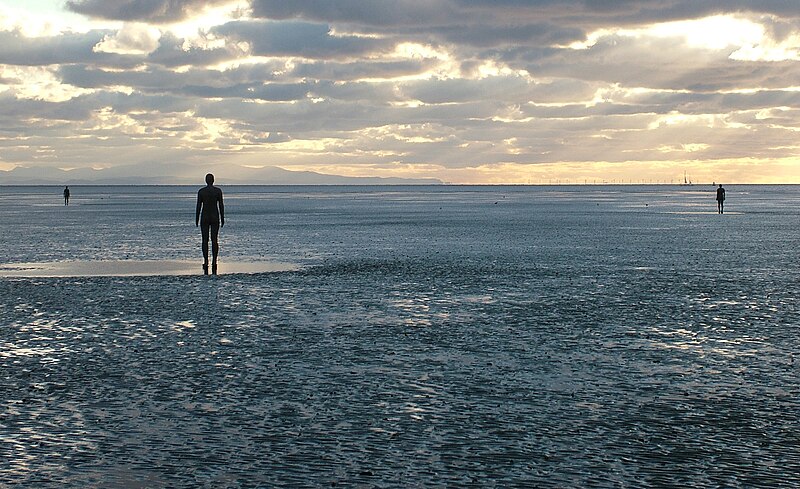Last year the Royal Collection Trust gave us the Georgians, this year, the Edwardians, a rather more amorphous title which encompasses a significant amount of Victoria's reign (from the Prince of Wales' marriage in 1863) and slides well beyond Edward VII's death to a finishing point after the end of the First World War. It is definitely a show to please the summer tourists, with an eclectic mix of gifts, jewellery and costume alongside fine art and photography. The emphasis is on objects and their stories, rather than fine art, and the quality of some of the paintings might be called into question - Laurits Tuxen particularly is over-represented and under-performs. However, with a busy display which makes the most of the space available, plenty of anecdotes and a free audio guide, there is always something to interest, even as you find yourself deploring the extravagance.
The curators make little effort to counterbalance all the glitter. History is a passing annoyance and the dynastic complexities of the British royal family are never really explained. There are multiple, multi-figured canvases where a guide to the characters involved would have been helpful; even a basic family tree. A scene-setting drawing room gathering contains the figure of Albert Victor, mentioned without explanation in the caption, yet surely only the most ardent royalist would know him to be Edward VII's eldest son, soon to die of pneumonia. In a small, sunny image of 1911, George V and the Kaiser take the salute together at the opening of the Victoria Memorial - a poignant enough image given that three years later they would be opposing sides, but specifically why Wilhelm is there is not discussed. Empire and international relations are passing excuses for presentation gifts rather than the subject of interrogation. You long for surfaces to be scratched.
Edward himself remains a mystery: his gambling and womanising are simply ignored apart from the most oblique of asides: images of favorite race horses and his collection of photographs of actresses and singers, displayed as one side of a folding screen, well away from the generals and politicians. A man who could not even be bothered to stand for his coronation portrait by Luke Fildes, he preferred suits to military uniform and enjoyed fancy dress. In the most extraordinary image, Jules Bastien Lepage, better known as a portrayer of peasant poverty, shows him as Renaissance ruler in front of a tapestry-like Thames.
Alexandra seems to become more elongated with each passing year, famous for her tiny waist and swan-like neck, a succession of flashy society portraitists fail to reveal more. She becomes more rounded through her possessions, a love - perhaps homesickness - for her Danish homeland which does not seem to fade and her genuine enthusiasm for photography. If Edward and Alexandra are sketchy, George V barely gets a walk-on part. A small John Lavery study for his 1913 group portrait of the royal family is labelled to suggest that dullness, duty and an impending sense of doom had already overtaken the king. Equally, one might argue, it was Lavery's preferred palette. The intriguing figure here, and intermittently throughout is that of the future Edward VIII, delicately blonde and boyish. In a Sargent drawing from 1920, he seems unnaturally young - a twenty-six year old schoolboy who has served in a war.
Amongst the royal watching, the tea-sets and dinner services, the silverware and exotic gifts, you can overlook the art. Some pieces are old friends: Alfred Gilbert's Icarus, a sleekly sensuous reinterpretation of Donatello's David weighed down by his wings; three beautiful, individually distinctive Burne-Jones drawings; a small, slice of Mediterranean blue from Alma-Tadema. Gustave Doré's Wood Nymph, luminous amid dense, dark, greenery, is a surprise for those more familiar with his graphic work. Leighton was clearly a royal favourite: his Nanna (Pavonia) has a sultry sensuality despite the artist's usual impassive surface. Edward chose Nanna; in contrast, Guthrie's tiny, smudged and almost sky-less landscape was a gift, and one suspects an under-appreciated one.
Ultimately there is little substance to the Edwardians. It is all surface and show. Even the downbeat, final room, with its sombre march past the newly unveiled cenotaph, does little to tarnish the glitter. The Edwardian era is often misrepresented as a long elegiac summer; here it is a brash, flash party. The original glitterati. You might be impressed, but it is difficult to feel anything but emptiness.












_-_The_Wood_Sawyers_-_CAI.47_-_Victoria_and_Albert_Museum.jpg)